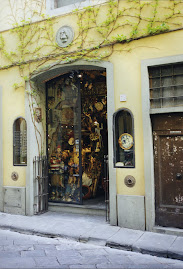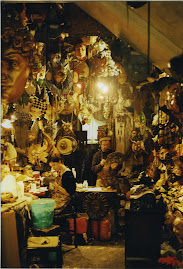
While spring has arrived here Downunder, the northern hemisphere is getting ready for Halloween.
One of the oldest celebrations in the world, Halloween was originally an agrarian folk festival marking the end of harvest-time, hence the signature colours orange and black; orange holiday foods such as pumpkin pie, apple cider, caramel apples with roasted pumpkin seeds, and the colour black symbolising impending winter and the inevitable cycle of dying.
Many people think Halloween is an American custom (and doubt its relevance beyond the USA), but the original Halloween began in Ireland. In the 1840’s Halloween was exported to America as Irish immigrants rushed to escape their country’s potato famine.
Dating back over two thousand years in Celtic Ireland, the summer season officially ended on October 31. Then the holiday was called Samhain (sow-en) and grew out of the rituals of Celts celebrating their New Year.
Today Halloween has become a confusing mixture of practices. For contemporary Halloween fun check out these links http://www.halloween-online.com/ and http://www.365halloween.com/
One of the oldest celebrations in the world, Halloween was originally an agrarian folk festival marking the end of harvest-time, hence the signature colours orange and black; orange holiday foods such as pumpkin pie, apple cider, caramel apples with roasted pumpkin seeds, and the colour black symbolising impending winter and the inevitable cycle of dying.
Many people think Halloween is an American custom (and doubt its relevance beyond the USA), but the original Halloween began in Ireland. In the 1840’s Halloween was exported to America as Irish immigrants rushed to escape their country’s potato famine.
Dating back over two thousand years in Celtic Ireland, the summer season officially ended on October 31. Then the holiday was called Samhain (sow-en) and grew out of the rituals of Celts celebrating their New Year.
Today Halloween has become a confusing mixture of practices. For contemporary Halloween fun check out these links http://www.halloween-online.com/ and http://www.365halloween.com/







